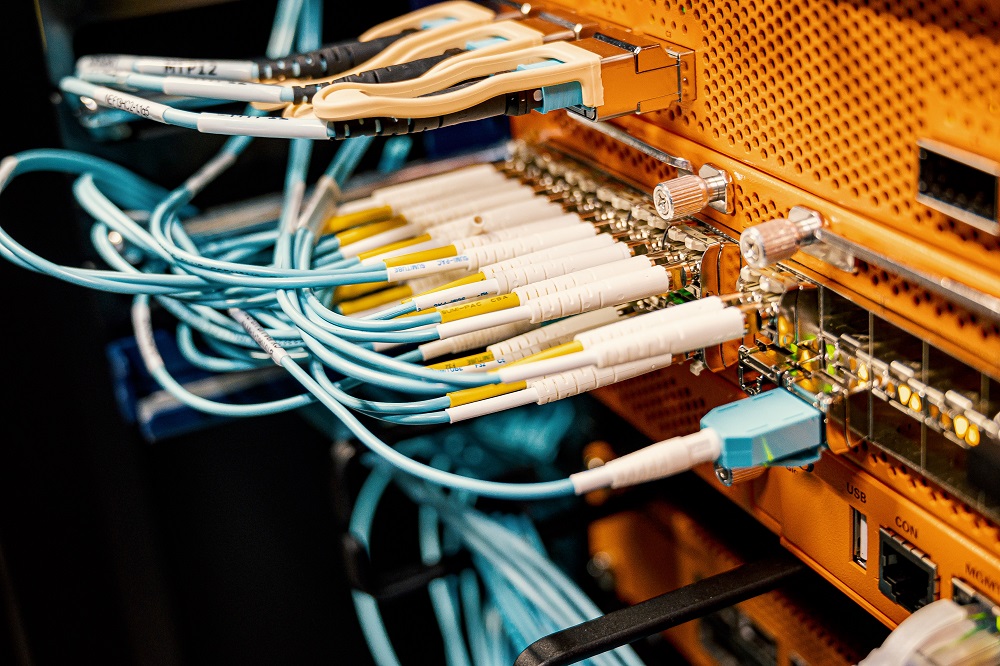- All
- Product Name
- Product Keyword
- Product Model
- Product Summary
- Product Description
- Multi Field Search
Views: 65 Author: Site Editor Publish Time: 2023-12-14 Origin: Site
Correct terminal connections are critical in building wiring as they ensure that electrical power is safely and reliably transmitted throughout the building. Terminal connections are the points where electrical wires are connected to a terminal block, switch, or other electrical component, and they must be made correctly to ensure that the system operates as intended and to avoid electrical hazards.
Safety: Safety is the primary concern when it comes to building wiring, and incorrect terminal connections can lead to serious electrical hazards. Poorly connected wires can cause electrical arcing, which can damage electrical equipment, start fires, and cause injury or even death. Properly connected terminal blocks and other components ensure that electrical connections are secure and reliable, reducing the risk of electrical hazards.
Reliability: Correct terminal connections are also critical for the reliable operation of building electrical systems. Poorly connected wires can lead to voltage drops, which can cause electrical equipment to malfunction, reduce the lifespan of the equipment, and result in costly repairs or replacements. Properly connected terminal blocks and other components ensure that electrical power is transmitted reliably throughout the building, minimizing the risk of equipment failure.

Compliance: Building codes and regulations require that electrical installations meet specific standards for safety and reliability. Incorrect terminal connections can result in non-compliance with these standards, leading to legal and financial consequences. Properly connected terminal blocks and other components ensure that electrical installations meet the required codes and regulations, reducing the risk of non-compliance.
Troubleshooting: Troubleshooting electrical problems can be time-consuming and expensive. Correct terminal connections can help isolate and identify the source of the problem, making troubleshooting faster and more efficient. Poorly connected wires can cause false readings and complicate the troubleshooting process, making it more difficult to identify the source of the problem.
Cost savings: Correct terminal connections can also lead to cost savings over the life of the building electrical system. Properly connected wires and components reduce the risk of equipment failure, reducing the need for repairs or replacements. Additionally, proper connections can reduce energy consumption and improve efficiency, resulting in lower energy costs over time.
In conclusion, correct terminal connections are critical in building wiring, as they ensure safety, reliability, compliance, efficient troubleshooting, and cost savings. Building owners, electrical contractors, and electricians must ensure that all terminal connections are made correctly and in compliance with building codes and regulations. It is also essential to use high-quality terminal blocks and other components to ensure that the electrical system operates reliably and efficiently. By paying attention to the importance of correct terminal connections, building owners and contractors can ensure that their electrical systems meet the necessary standards for safety, reliability, and compliance.
This article covers the technical features of spring-loaded and push-in terminals, and both the advantages and disadvantages of these technologies when it comes to installation practices, commissioning, footprint and authorisation for the North American market. Why do we need spring terminal block ?
Wiring a terminal block correctly is a fundamental skill in electrical work, ensuring safe and reliable connections. This article will help you to understand the essential steps, from preparing your wires to securing them properly within various terminal block types.ContentWhat are Terminal Blocks?R
What is terminal block ?terminal block, also known as a connection terminal, is a modular block used in electrical and electronics systems to connect and secure electrical wires or cables. It serves as a convenient and organized way to make electrical connections, whether for power distribution, sig
Terminal electronics is the key point at which a conductor from a electronic component, device or network comes to an end.Terminal may also refer to an electrical connector at this endpoint, acting as the reusable interface to a conductor and creating a point where external circuits can be connected
Spring connectors, also known as spring-loaded connectors or pogo pins, are electrical connectors that use spring-loaded contacts to establish a temporary electrical connection. These connectors are commonly used in applications where repeated connections and disconnections are required, such as in
PCB terminal blocks are a vital electronic components in many electronic applications systems, allowing secure and reliable connections between printed circuit pcb boards and external wires. These terminal blocks are available in a variety of sizes, types, and materials to meet the specific needs o